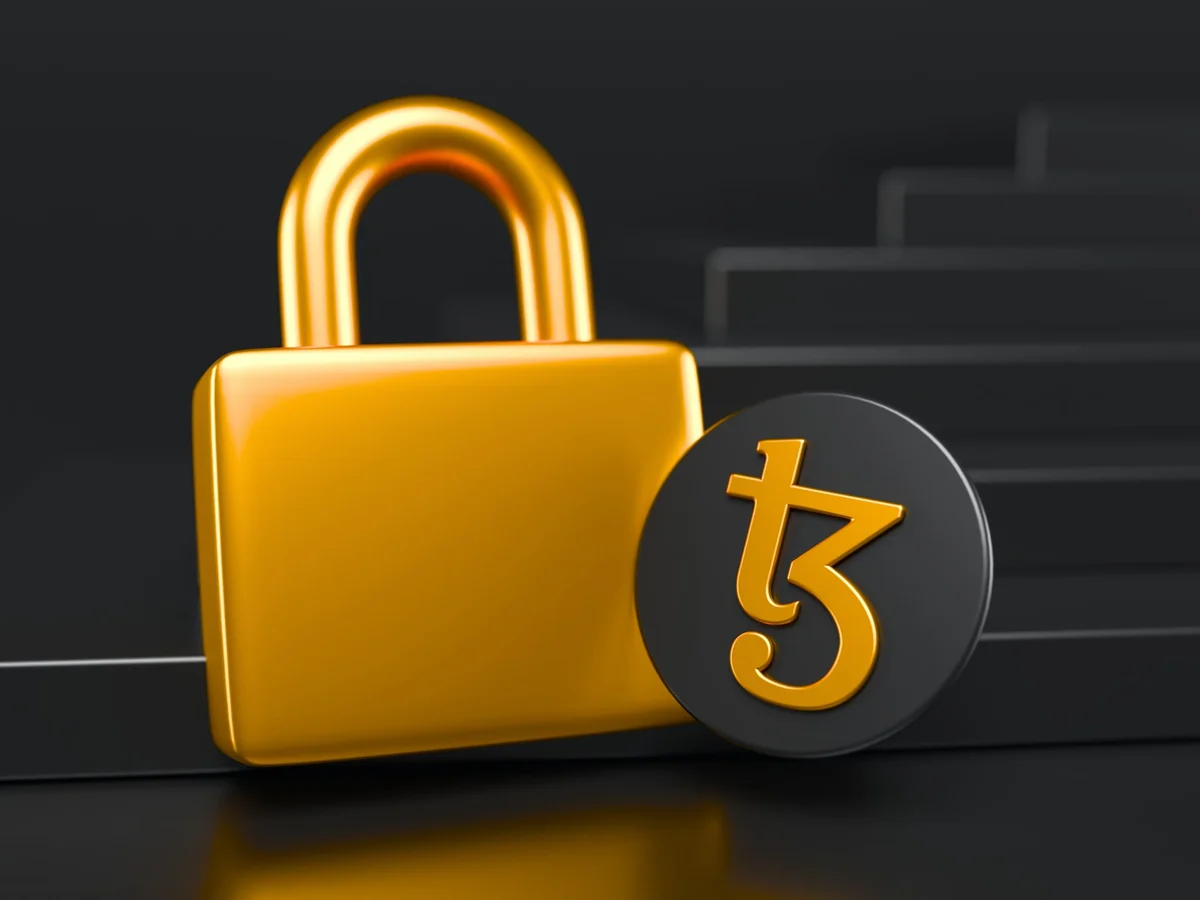Everything You Need to Know about NFT Scams
Scams involving nonfungible tokens (NFTs) have recently made headlines due to the frustration they have caused among NFT consumers. Are NFT users really at risk? Is there anything they can do about it? With the hope of uncovering some answers, I’ve written this piece.
What Is NFT Scams?
It’s important to know what an NFT is before discussing fraud.
“A unit of data kept on a digital ledger that we know as a blockchain, which verifies that a digital asset is unique and, thus, not interchangeable,” according to Wikipedia’s definition of NFT. Photographs, films, audio, and other digital information are all examples of what they may represent. While possessing an NFT for someone else’s work does not give you the copyright or proprietor of that work, you should be aware.
Also Read: Will Bitcoin Continue to Rise in the Next Decades?
Cryptocurrencies and NFTs both work in the same way. They appear to be taking responsibility for their actions in some way. The only difference between these and other cryptocurrencies is that they can’t be traded. This is why “non-fungible” is used to describe them. NFTs, on the other hand, don’t have the same value as Bitcoins or other cryptocurrencies. It costs more to buy an NFT for a famous artist’s work than it does to buy one for a book, for example. Check out this tutorial we wrote a while back on NFTs for further information.
NFT scams occur when digital art, for example, is sold to consumers for NFTs by people who are not the original proprietors. The customers, of course, find out later that they were duped into paying for something that their copyright holders are disputing later on.
Examples of NFT Scams
Several NFT scams have been reported in the media, with the majority involving insider trading, the sale of phoney art, and the creation of fictitious profiles. A few instances are shown.
Insider trading in OpenSea.
NFT insider trading occurred at Open Sea, which we estimate to be the largest NFT marketplace today. NFTs shown on the platform were purchased by an employee with access to privileged information.
Fake Banksy NFT Case
In a fraud, a collector was conned into paying US$300,000 in Ethereum for a phoney Banksy NFT. The artist claimed to have no connection to NFTs at all. The scammer who went by the name “Pranksy” was able to get the money back from the buyer, but collectors might lose a lot of money to NFT fraudsters.
Impostor Poses as Milos Rajkovic
When Milos Rajkovic, better known as “Sholim,” discovered that his animated digital images were being sold as NFTs on OpenSea, he was outraged. In an interview, Rajkovic stated that he is aware of NFTs, but has no participation with them. According to him, the individual attempting to sell 122 of his works for almost $50,000 is a swindler.
How Many NFT Scams Are There?
NFT frauds are also on the rise, as seen by the three examples outlined above. NFT customers might lose millions of dollars to scammers based on the losses to the mentioned schemes alone.
We anticipate seeing even more frauds targeting collectors because the NFT business is seeing tremendous expansion, with sales totaling US$1.2 billion in July 2021 alone.
In order to avoid becoming victims of NFT scams, what can users do?
People considering investing in digital artworks and the like may be concerned about NFT scams, which put them at danger of losing their money. Here are a few tips to keep yourself safe from NFT frauds.
Conclusion
For the time being, there is no guaranteed method for avoiding NFT fraud. Even yet, thorough study and attentive inspection of establishments and their goods and sellers might be helpful.




